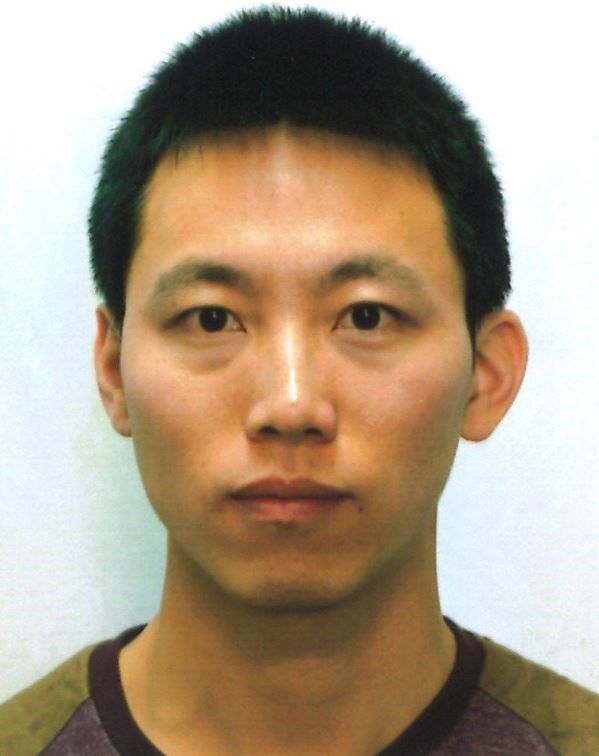A potential alternative to conventional disk-loaded copper structures is dielectric-loaded accelerating (DLA) structures, which utilizes dielectrics to slow down the phase velocity of travelling wave in the vacuum channel. A DLA structure comprises a simple geometry where a dielectric tube is surrounded by a conducting cylinder. The simplicity of the DLA structure offers a great advantage for RF-driven accelerating structures as compared with conventional metal structures which demand extremely tight fabrication tolerances. This is of a great importance in the case of linear collider where tens of thousands accelerating structures have to be built.
This contribution numerically investigates a X-band dielectric disk accelerating (DDA) structure operating at a higher-order TM02-π mode.This accelerating structure consists of dielectric disks with irises periodically arranged in a metallic enclosure. Through optimizations, the RF power loss on the metallic wall can be significantly reduced, thereby resulting in an extremely high quality factor ![]() and a very high shunt impedance
and a very high shunt impedance ![]() MΩ/m. The RF-to-beam power efficiency reaches as high as 46.6% which is 63.5% higher than previous reported CLIC-G structures with an efficiency of 28.5%. The optimum geometry of the regular and end cells is described in detail. Due to the wide bandwidth from dispersion relation of the accelerating mode, the DDA structure is allowed to have a maximum number of regular cells of 73 with a frequency separation of 1.0 MHz, which is superior to those conventional RF accelerating structures. The DDA structure is also found to have a short-range transverse wakefield lower than that of the CLIC-G structure. In addition, a novel design of matching section for coupling the high power from a circular waveguide to an X-band dielectric-loaded accelerating structure is also presented in this talk. This matching section consists of a very compact dielectric disk with a tilted angle of 60°, resulting in a broadband coupling coefficient at a low RF field which has potential to go to very high power. Through optimizations, a reflection coefficient < -40 dB can be obtained, with the maximum electromagnetic fields located at a DLA structure.
MΩ/m. The RF-to-beam power efficiency reaches as high as 46.6% which is 63.5% higher than previous reported CLIC-G structures with an efficiency of 28.5%. The optimum geometry of the regular and end cells is described in detail. Due to the wide bandwidth from dispersion relation of the accelerating mode, the DDA structure is allowed to have a maximum number of regular cells of 73 with a frequency separation of 1.0 MHz, which is superior to those conventional RF accelerating structures. The DDA structure is also found to have a short-range transverse wakefield lower than that of the CLIC-G structure. In addition, a novel design of matching section for coupling the high power from a circular waveguide to an X-band dielectric-loaded accelerating structure is also presented in this talk. This matching section consists of a very compact dielectric disk with a tilted angle of 60°, resulting in a broadband coupling coefficient at a low RF field which has potential to go to very high power. Through optimizations, a reflection coefficient < -40 dB can be obtained, with the maximum electromagnetic fields located at a DLA structure.


